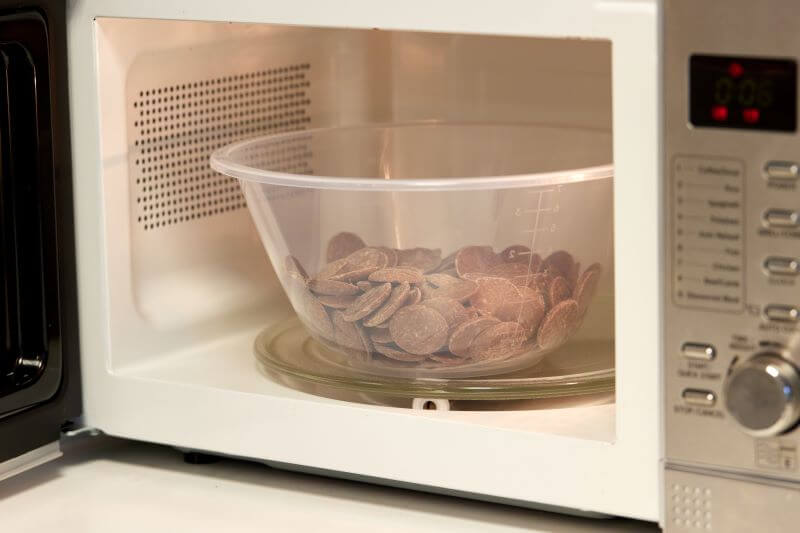Join Samantha Rain, Henley Bridge's Development Chef as she shares how to temper chocolate using a microwave.
|
|
Equipment:Microwave |
Ingredients: |
Key temperatures for different types of chocolateDark Chocolate: 31-32°C Milk Chocolate: 30-31°C White Chocolate: 29-30°C |




